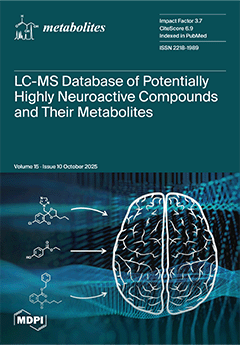Background: Polycystic ovarian syndrome (PCOS) is one of the most prevalent reproductive, endocrine, and metabolic disorders inflicting women of childbearing age. Dietary interventions have gained interest as non-pharmacological approach to control obesity and metabolic disturbances. However, the effects of intermittent fasting (IF) on metabolic and hormonal profiles of PCOS patients is debatable.
Objectives: We performed this systematic review and meta-analysis to explore IF’s effect on PCOS women’s metabolic and hormonal profile (PROSPERO: CRD42024511520). Eligible studies included IF interventions in women with PCOS, with metabolic and hormonal profiles being reported.
Methods: A systematic literature search using three databases, including PubMed, SCOPUS, and Web of Science, was conducted. The systematic review was performed following PRISMA guidelines.
Results: A total of four studies were included (
N = 4). IF is not associated with significant change in BMI (MD = −0.200, 95% CI [−0.807, 0.407],
p = 0.518). The analysis revealed that IF had no statistically significant impact on FBG (MD = −0.569, 95% CI [−9.955, 8.818],
p = 0.906), HOMA-IR (MD = −0.862, 95% CI [−1.737, 0.014],
p = 0.054), and FINS (MD = −2.749, 95% CI [−6.441, 0.943],
p = 0.145). No significant change in TG (MD = −3.120, 95% CI [−9.624, 3.385],
p = 0.347), total cholesterol (MD = −0.918, 95% CI [−2.960, 1.124],
p = 0.378), and LDL levels (MD = −0.433, 95% CI [−1.224, 0.359],
p = 0.284) between IF and pre-fasting or non-intervention diet groups. However, the explanation is limited by the small number of studies, duration of fasting regimes, and/or variations in fasting strategies. Sex hormone data were collected but were insufficient for a pooled analysis.
Conclusions: Overall, our study suggests that IF is not an effective intervention to enhance BMI, glycaemic control, and lipid metabolism in PCOS patients. Nevertheless, the current conclusion is inconclusive and preliminary, as additional well-designed studies are required to support this conclusion.
Full article






